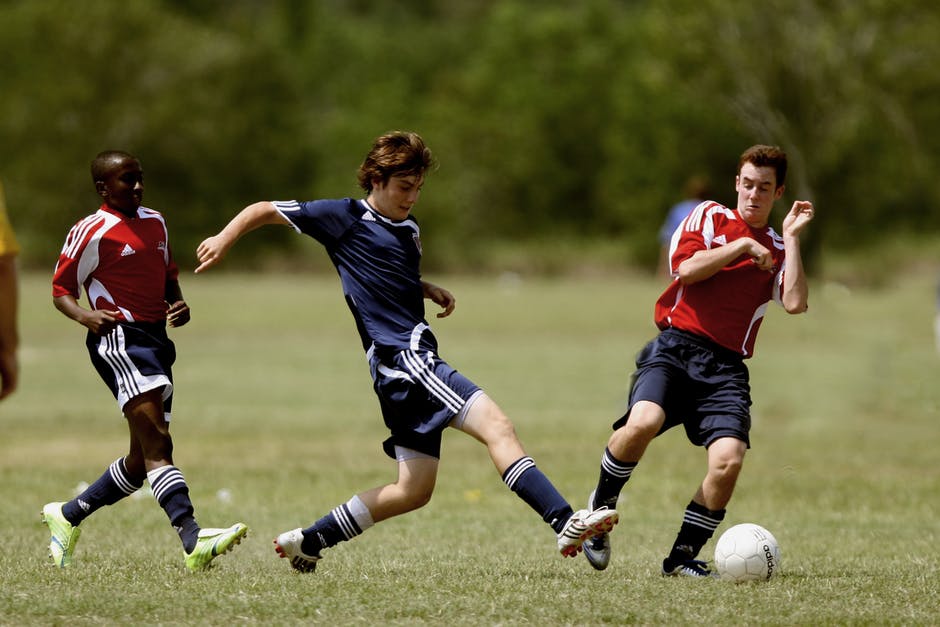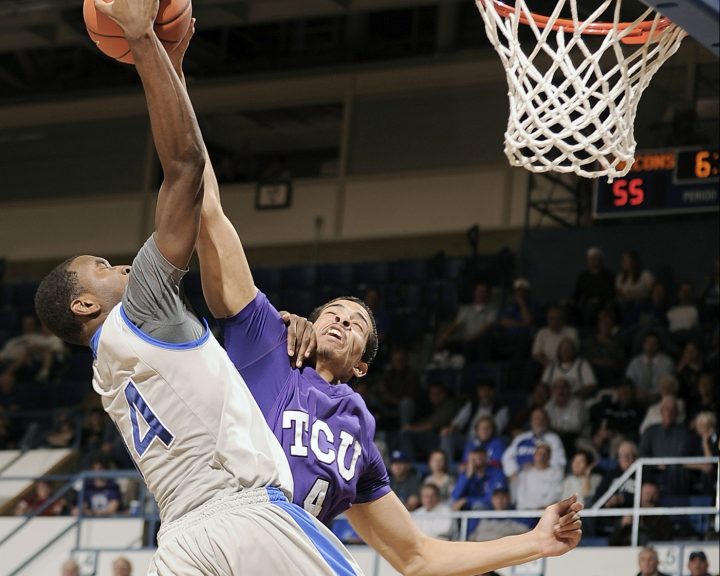In another lifetime, I taught strength and conditioning classes at Texas A&M and at Texas Woman’s Universities. A number of my books were geared to be textbooks for those classes as I wasn’t really happy with the books that were available. I bring this up because this blog is going to be about how textbooks approach a subject versus how coaches should be approaching it. The subject in question is the order of the exercises that our athletes perform.
Let’s start with the textbook. In the weight room, we’re supposed to start with those exercises requiring the most technique and power. This is then followed by the exercises that train the largest muscle groups. Then exercises that train smaller muscle groups.
Here’s the idea behind this, the exercises with that are more technical or the require power are more demanding. So, it makes sense to perform them first. This also ensures that we are explosive and that we are technically sound as we’re performing the exercises before fatigue sets in.
So, for example, below is an exercise session that follows the above exercise order guidelines:
- Power clean
- Snatch pull
- Back squats
- Romanian deadlifts
- Bench press
- Military press
- Planks
The power clean and snatch pull both require power, but the clean is more technically demanding so it is done first. The squats work everything from the waist down whereas the RDLs only work on the glutes, hamstrings, and lower back. The bench press uses muscle groups that are smaller than the lower body. Etc.
I think this is an ideal workout setup especially when we are teaching technique on the exercises. However, while it is ideal there are two challenges for team sport situations. First deals with equipment availability. The second deals with the nature of sports.
In a performance training facility, you can organize things however you want. However, in an athletic weightroom with a team of individuals it is not quite so simple. There may be a need to figure out how to fit 20-100 athletes in the weightroom at one time. If that is the case, then everyone can’t do the power clean at the same time. So, in this situation athletes normally start at an exercise and rotate through until all the exercises have been done. This means that some will start at planks, some will start at bench press, etc. This also means that some may perform the military press before they bench. Now, in the ideal world this is problem – but I think this is a positive because of our second challenge, the nature of sports.
Sports are not performed in ideal situations. Athletes are expected to perform at their best when they are tired, sore, hurt, sick, and when the environmental conditions are not ideal. Because of that, it’s important that their training prepares then for it.
In practical terms, what does this look like? It means performing the power clean after squats and RDLs sometimes. It means sometimes performing squats after the RDLs. It means performing sprints after practice or after the weight room. After all, we expect our athletes to be able to jump, sprint, and throw in the last few minutes of a game after they are tired – so they need to get used to that in training.
Yes, we want to teach technique when the athletes are fresh. But, once that is mastered don’t be afraid to break some of the rules to prepare your athletes for what they are going to experience in the sport.



